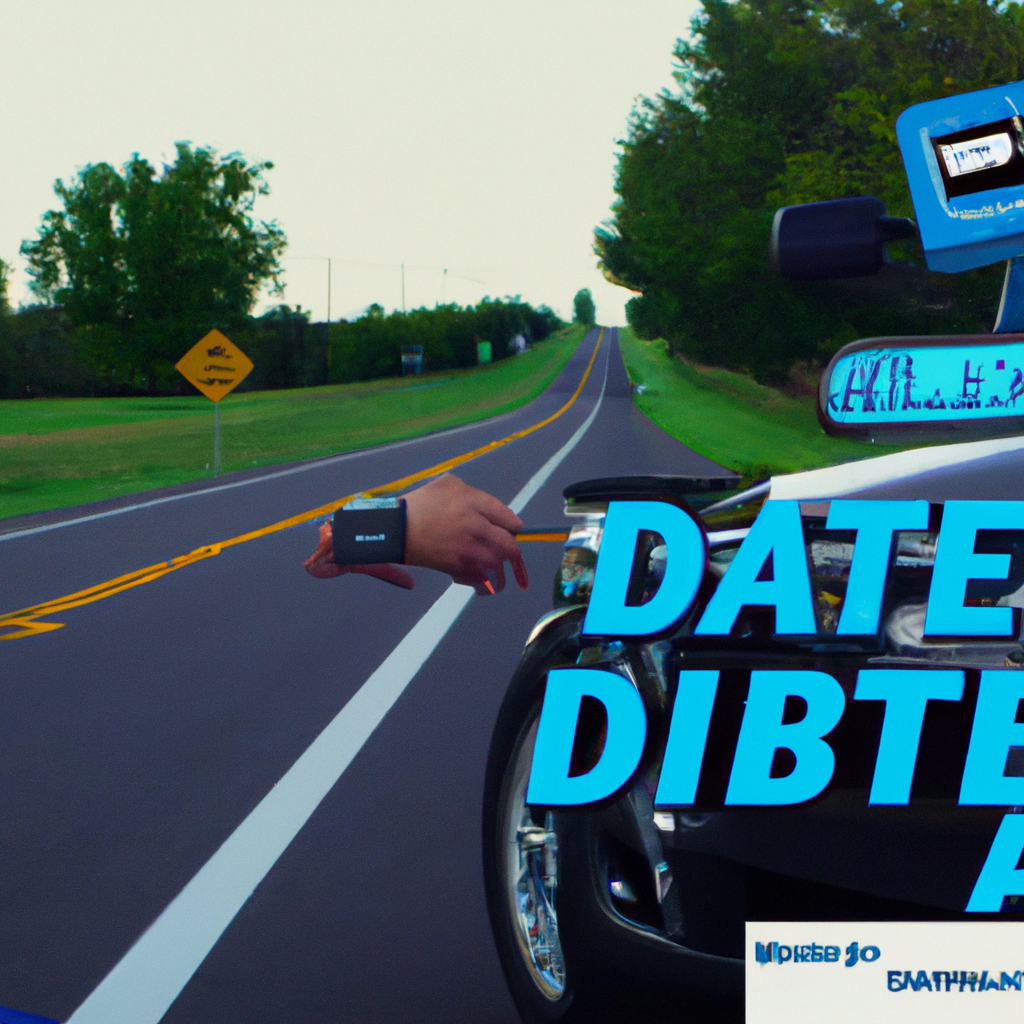-
Reading Roadmap
- Driving with Diabetes: A Proclamation from the American Diabetes Association
- Key Takeaways
- Introduction: The Intersection of Diabetes and Driving
- The Impact of Diabetes on Driving
- ADA Guidelines for Safe Driving with Diabetes
- The Role of Regular Monitoring and Diabetes Management
- Education and Awareness: Key to Safe Driving with Diabetes
- FAQ Section
- Conclusion: Navigating the Road with Diabetes
- Further Analysis
- Key Takeaways Revisited
Driving with Diabetes: A Proclamation from the American Diabetes Association

[youtubomatic_search]
Key Takeaways
- Diabetes can affect driving performance due to hypoglycemia and hyperglycemia.
- The American Diabetes Association (ADA) provides guidelines for safe driving with diabetes.
- Regular monitoring of blood glucose levels is crucial for diabetic drivers.
- Proper diabetes management can help prevent driving-related complications.
- Education and awareness are key to ensuring the safety of diabetic drivers and others on the road.
Introduction: The Intersection of Diabetes and Driving
Diabetes, a chronic condition affecting millions of people worldwide, can have a significant impact on various aspects of daily life, including driving. The American Diabetes Association (ADA) has issued guidelines to help individuals with diabetes manage their condition while ensuring their safety and that of others on the road. This article delves into the ADA’s proclamation and its implications for diabetic drivers.
The Impact of Diabetes on Driving
Diabetes can affect driving performance in several ways. Hypoglycemia (low blood sugar) and hyperglycemia (high blood sugar) can cause symptoms such as dizziness, confusion, blurred vision, and even loss of consciousness, which can be dangerous while driving. According to a study published in Diabetes Care, drivers with type 1 diabetes had a twofold increased risk of a traffic accident compared to non-diabetic drivers due to hypoglycemia.
ADA Guidelines for Safe Driving with Diabetes
The ADA has issued guidelines to help diabetic drivers manage their condition effectively while driving. These include regular monitoring of blood glucose levels before driving and during long trips, carrying a source of fast-acting carbohydrate to treat hypoglycemia, and pulling over and stopping the vehicle if hypoglycemia occurs while driving.
The Role of Regular Monitoring and Diabetes Management
Regular monitoring of blood glucose levels is crucial for diabetic drivers. The ADA recommends checking blood glucose levels before driving and every two hours during long trips. If hypoglycemia is detected, it should be treated immediately, and driving should not be resumed until blood glucose levels have returned to normal. Proper diabetes management, including regular medical check-ups and adherence to medication regimens, can help prevent driving-related complications.
Education and Awareness: Key to Safe Driving with Diabetes
Education and awareness are key to ensuring the safety of diabetic drivers and others on the road. Diabetic drivers should be aware of the potential effects of their condition on driving and take necessary precautions. Healthcare providers should educate their patients about the risks associated with driving and diabetes and provide guidance on how to manage these risks effectively.
FAQ Section
- Can people with diabetes drive? Yes, people with diabetes can drive. However, they need to manage their condition effectively to ensure their safety and that of others on the road.
- How can diabetes affect driving? Diabetes can affect driving due to hypoglycemia and hyperglycemia, which can cause symptoms such as dizziness, confusion, and blurred vision.
- What precautions should diabetic drivers take? Diabetic drivers should regularly monitor their blood glucose levels, carry a source of fast-acting carbohydrate, and pull over if hypoglycemia occurs while driving.
- What is the role of healthcare providers in ensuring the safety of diabetic drivers? Healthcare providers should educate their patients about the risks associated with driving and diabetes and provide guidance on how to manage these risks effectively.
- What is the ADA’s stance on driving with diabetes? The ADA provides guidelines for safe driving with diabetes and emphasizes the importance of regular monitoring of blood glucose levels and proper diabetes management.
Conclusion: Navigating the Road with Diabetes
Diabetes can pose challenges for individuals who drive, but with proper management and adherence to guidelines provided by the ADA, these challenges can be effectively navigated. Regular monitoring of blood glucose levels, carrying a source of fast-acting carbohydrate, and pulling over if hypoglycemia occurs while driving are crucial steps for ensuring the safety of diabetic drivers and others on the road. Education and awareness, both among diabetic drivers and healthcare providers, are key to managing the intersection of diabetes and driving.
[youtubomatic_search]
Further Analysis
Driving with diabetes is a complex issue that requires further research and analysis. The ADA’s guidelines provide a solid foundation for managing this issue, but individual circumstances can vary widely. Therefore, it is crucial for diabetic drivers to work closely with their healthcare providers to develop a personalized plan for safe driving. As research continues and our understanding of diabetes evolves, these guidelines may be updated to reflect new findings and advancements in diabetes management.
Key Takeaways Revisited
- Diabetes can affect driving performance due to hypoglycemia and hyperglycemia.
- The ADA provides guidelines for safe driving with diabetes.
- Regular monitoring of blood glucose levels is crucial for diabetic drivers.
- Proper diabetes management can help prevent driving-related complications.
- Education and awareness are key to ensuring the safety of diabetic drivers and others on the road.

Leave a Reply